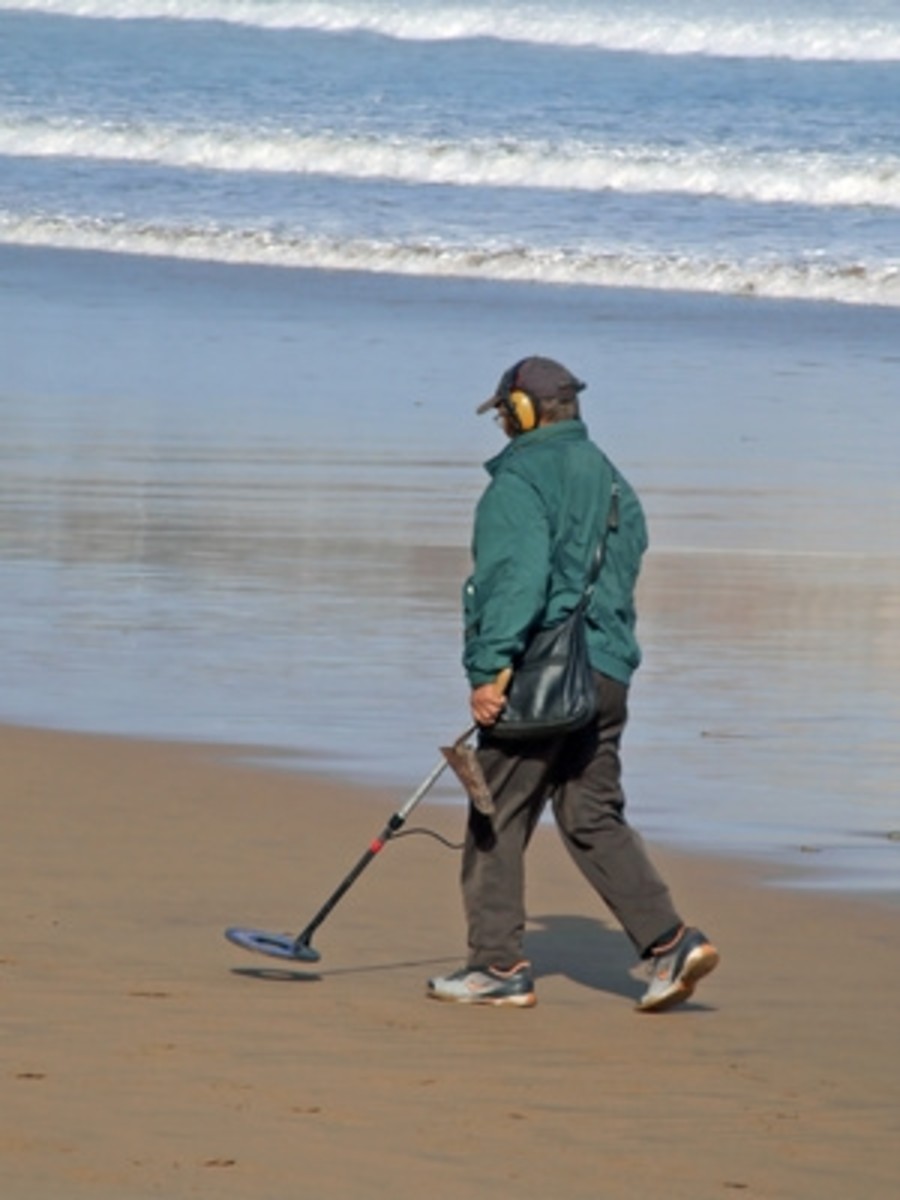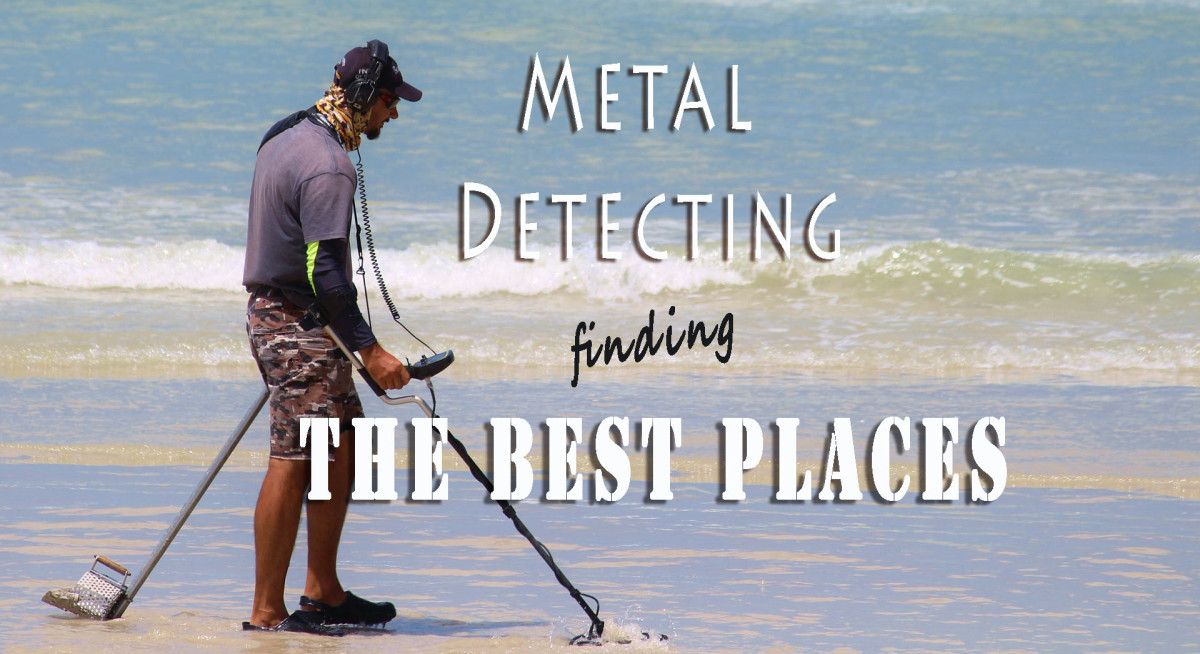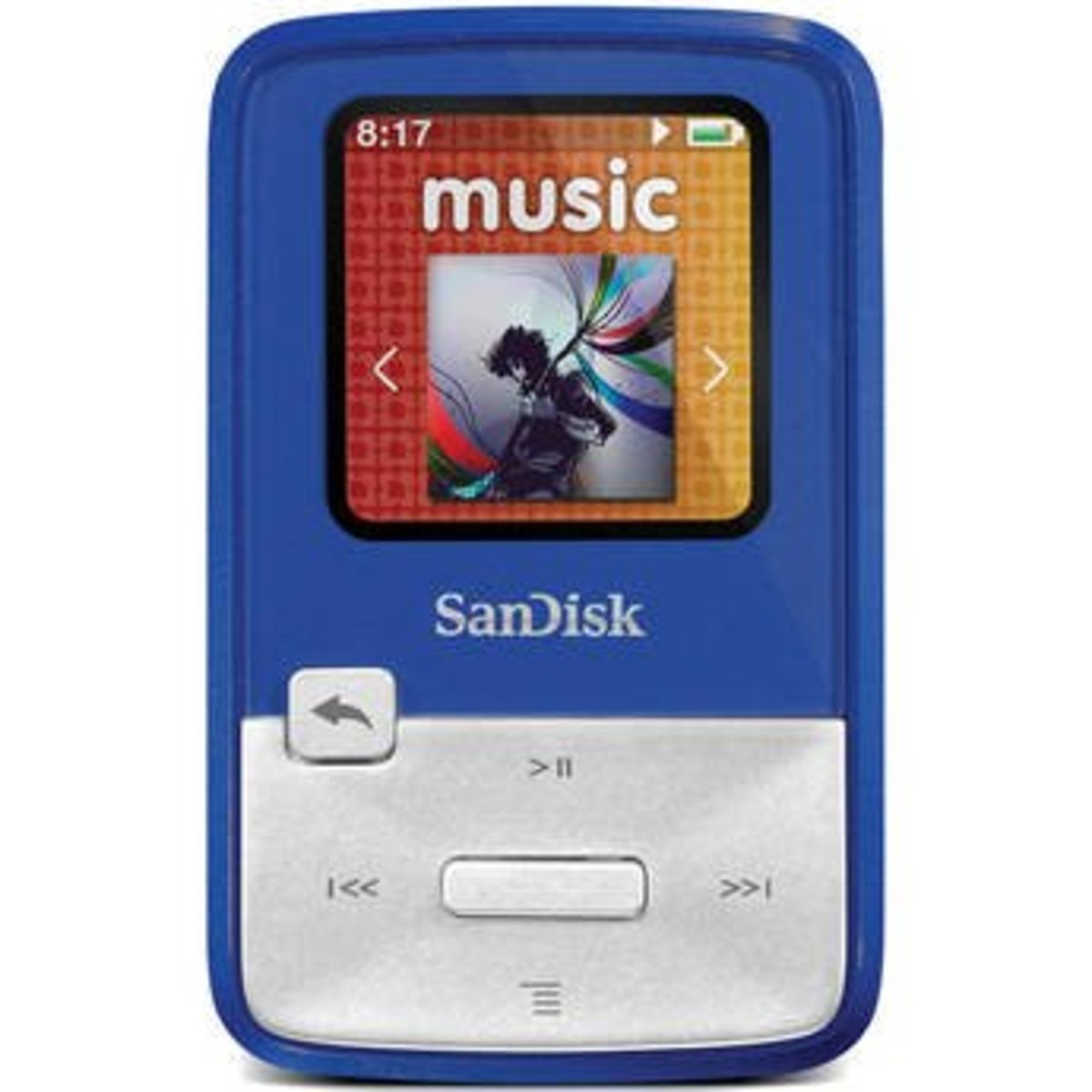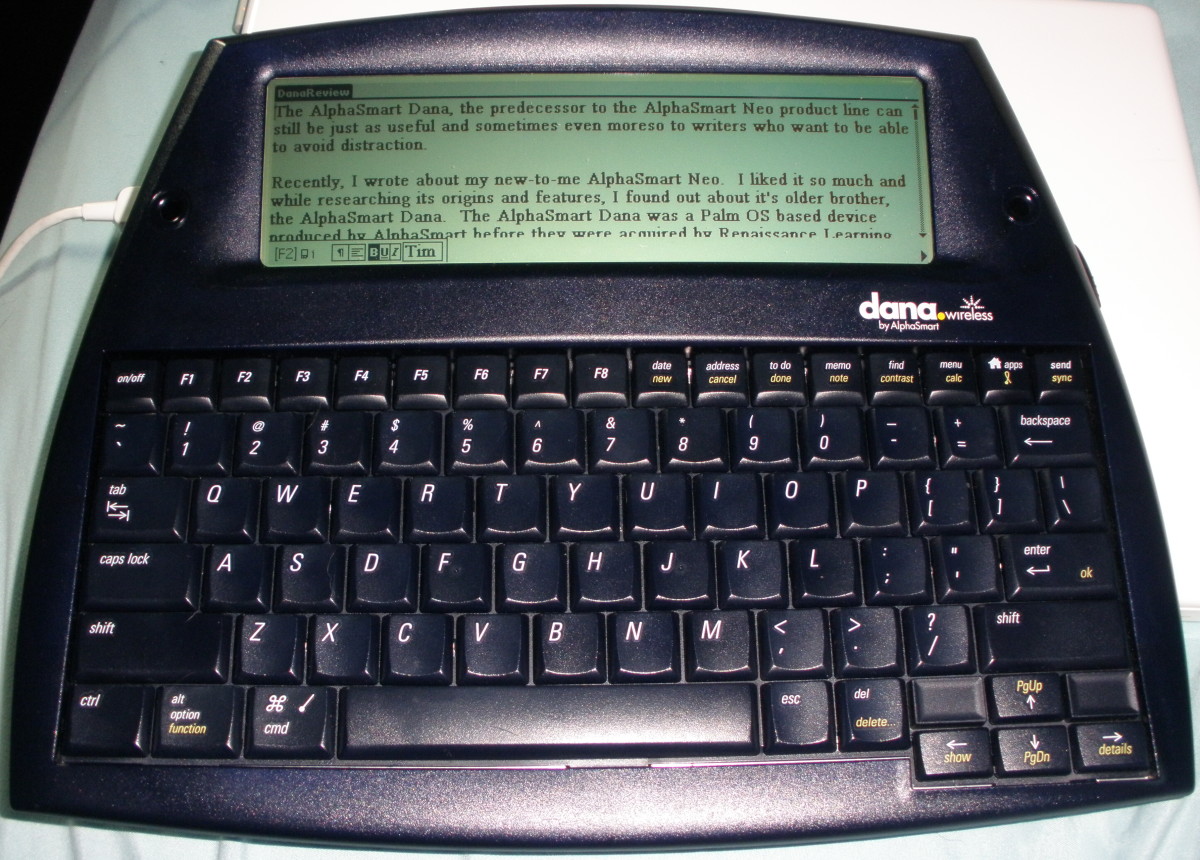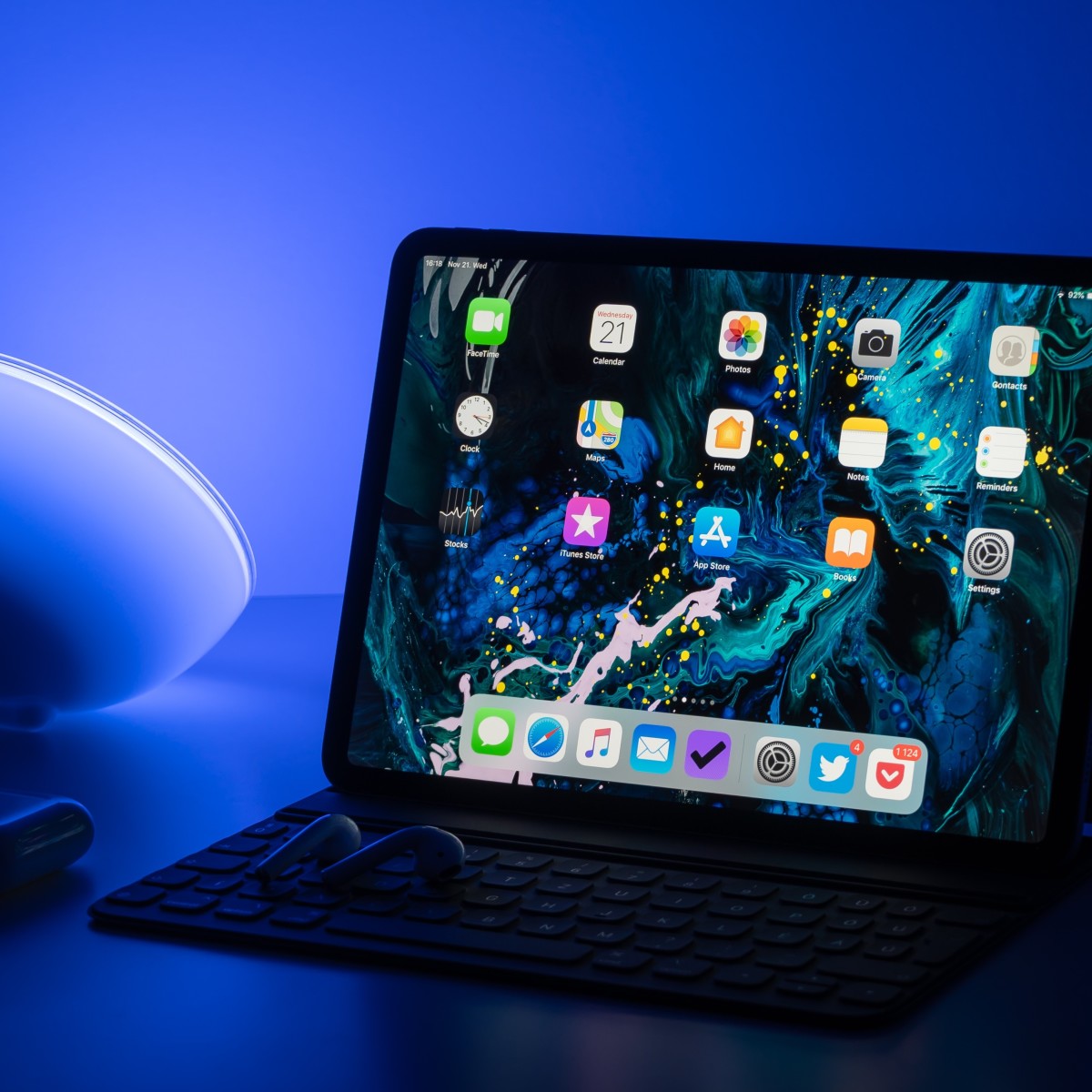A Review and Guide for VLF Beach Metal Detectors
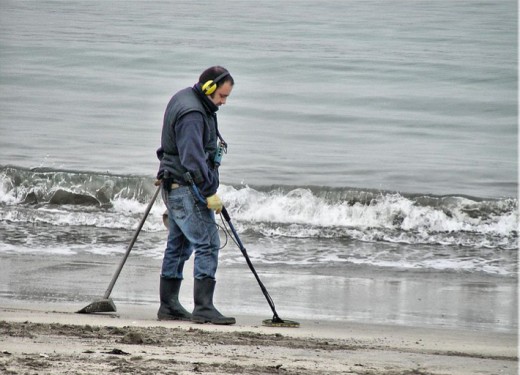

Beach Metal Detectors Overview
Beach combing with metal detectors to find lost rings, necklaces and coins has become quite popular over the last decade. If you are in the market to purchase one and participate in this sometimes lucrative hobby, you will note that the number of available models is enormous. Metal detectors come in an array of styles, with different technologies and widely variable price ranges. Whatever the make you choose, if you are going to use a detector on the beach, you need to have a unit that is proven to work well in wet sand and can compensate for the background mineral content of the ocean water.
The older models of metal detectors use either single or dual frequencies method for detecting conductive objects. known as VLF, or very low frequency. This method (VLF, or very low frequency) is less preferred by some for metal detection on the beach because it can be difficult to discriminate objects because of the background mineral content from sea water.
Newer models of VLF detectors have improved circuitry to help overcome the background noise caused by mineralized sea water. Ground adjust controls are required to compensate for the background feedback. Some detectors have an automatic ground adjust, while others have manual controls.
Below, I review some of the top VLF metal detectors that deserve the moniker "beach metal detectors". These include models where you can submerge the detectors to search in shallow water and down to 250 feet in depth. Tables are included to help you compare the different models as well. Later, in another article, I will review other models that used advanced technology (Pulse Induction and Broad Brand System) in another article, detectors which naturally overcome the background noise of mineralized sea water.
VLF Metal Detectors for the Beach
A VLF metal detector emits one or more frequencies and detects objects to a depth of 10-12 inches. They consume less electricity than other types because they are sending from 1-2 signals into the ground vs. several signals, so the batteries last longer. They are less expensive than other type of detectors and they are usually the type of detector that beginning hobbyists consider. However, as mentioned earlier, you need to tune out the background noise that comes from the mineralized sea water. You may also need to adjust the sensitivity control. One of the models listed below, the Tesoro Tiger Shark, has a salt water mode for easy switching. For manual adjustment, it is done at the high water line along the beach where the sand is saturated. Some units are better this for overcoming mineralization, and they are mentioned below in the table. Read the instructions for your unit to get the best results.
Using more than one type of detector. Some pros suggest have a VLF detector for searching in dry sand and a PI detector for searching wet sand. This is said because the VLF detector can be used to quickly scan an area and the PI detector can be used for deeper work in areas that show promise. BBS detectors also work deeper than VLF units.
Pricing. Pricing for new units are given below along with other specifications. Note that you can sometimes find bargain deals for these models occasionally, or with earlier models like the CZ-20, on Ebay or other web sites.
Item
| Fisher CZ-21
| Garrett AT Pro
| Tesoro Tiger Shark
|
|---|---|---|---|
Price range (new)
| $1,000-1,300
| $600-700
| $640-750
|
Weight
| 6 lbs (2.2 kg)
| 3.3 lbs (1.4 kg)
| 4.5 lbs (2.0 kg)
|
Length
| 30-50"
| 42-51"
| 45-52"
|
Search modes
| 3
| 3 normal, 3 Pro
| 4
|
Iron discrimination
| Via 200 Hz low tone
| low tone, 40 segments
| unspecified
|
Depth/sensitivity levels
| 10
| 8
| 9
|
Coil
| Concentric, 10.5"
| Double D, 8.5 x 11"
| Concentric, 8"
|
Frequency
| 5 and 15 kHz
| 15 kHz
| 12.5 kHz
|
Audio
| 3 tone discrimination, pinpoint
| 4 tones, pinpoint
| monotone detection
|
Submersible
| to 250 feet
| to 10 feet
| to 200 feet
|
Batteries
| 4 - 9 VDC
| 4 AA
| 8 AA
|
Warranty
| 2 years
| 2 years
| Limited lifetime
|
Of the three models mentioned above, the Tesoro Tiger Shark is the simplest to operate. It is also suitable for diving, as is the Fisher detector. The Garrett detector would be suitable for snorkeling as it is limited in its depth rating. If you are on beaches with significant iron content, it may be best to choose either the Garrett or the Fisher detectors for their tonal differentiation of iron signals. If you are tone deaf, choose the Tesoro unit.
Two other VLS detectors worth considering are the Minelab X-Terra 305 and 705. Both are suitable for beach combing, but not for snorkeling, as only the coil is waterproof. The 305 puts out two frequencies and has 12 discrimination levels, while the 705 has three frequencies and 28 discrimination levels. If you are interesting in gold prospecting the 705 would be your choice. The Minelab X-Terra 705 has some great reviews in user forums. It is priced at the levels of the Garrett and Tesoro units mentioned above.
Two VLF Detectors for Serious Hobbyists
The Tesoro Tiger Shark in Action on the Beach
Purchasing Recommendations for Metal Detectors
Due to dealer agreements, manufacturers won't permit advertising of the detectors at less than list price. If you contact the sellers by phone, they can give you a better price. Just find the authorized dealers first, as there are some counterfeit units that are made in China and other Asian countries.
In order to give you a better deal, dealers often sell the units with packages or lots of "free" stuff. These packages include digging tools, detector pinpointers (essential), covers, headphones and more. Two tools that are recommended are the Garrett Propointer and the Lesche Digger. Finding the target with the detector is only the first step, the Propointer will get you to the object, or the needle in the haystack.


